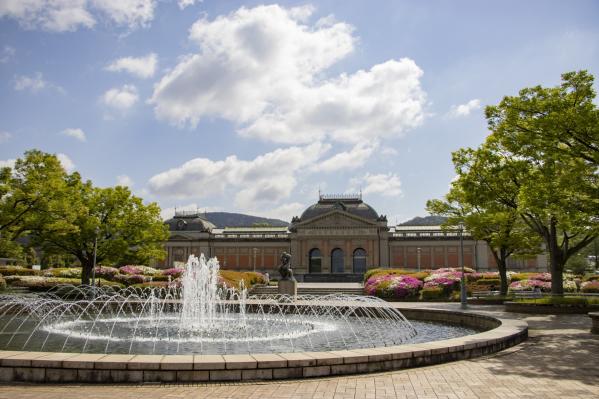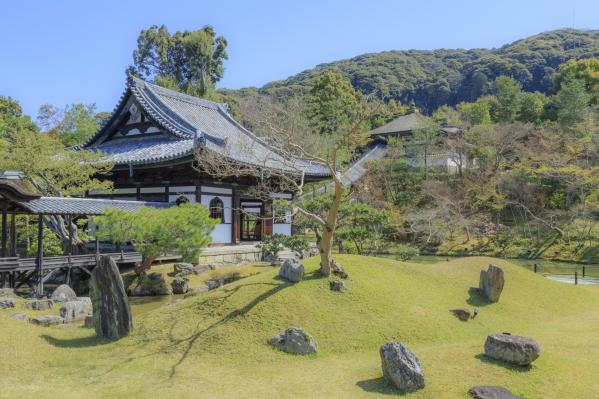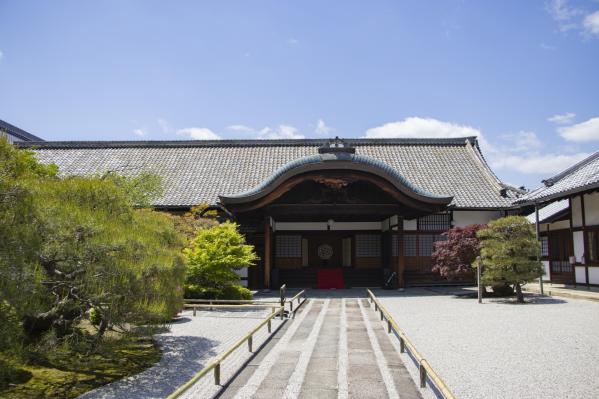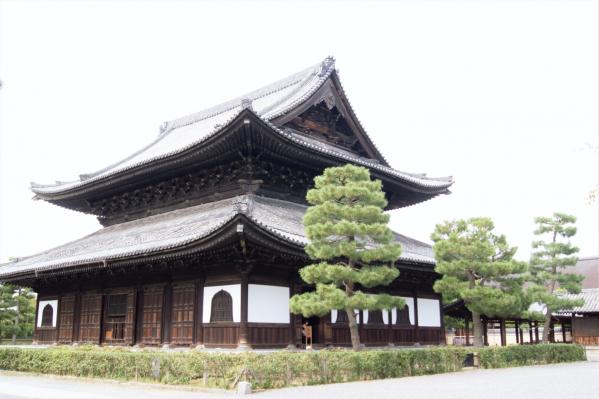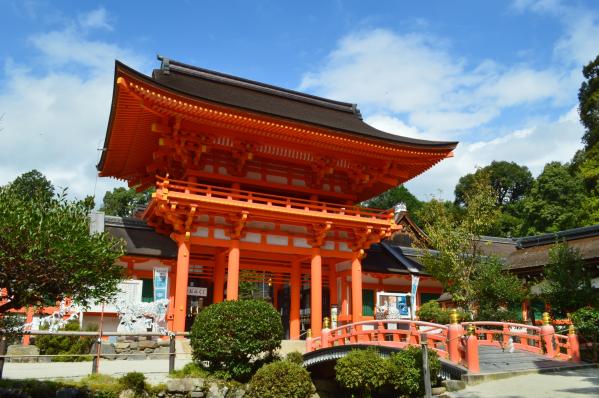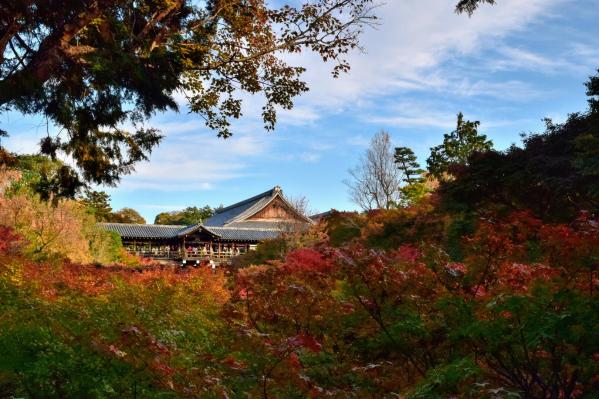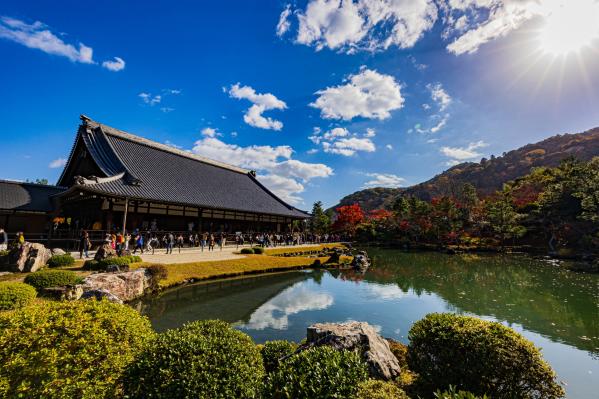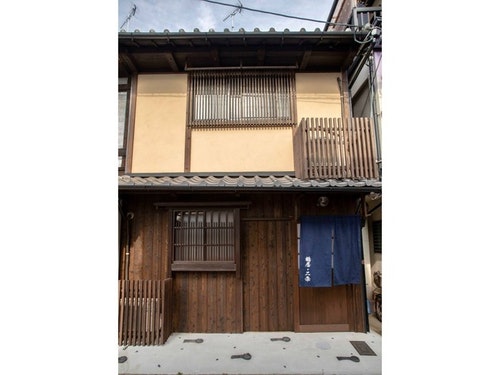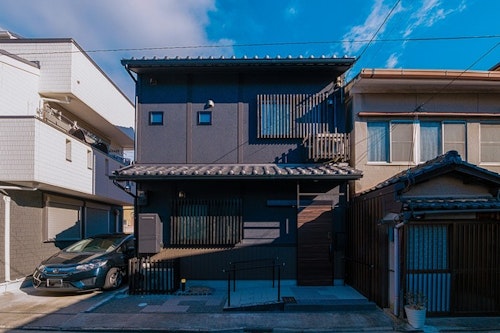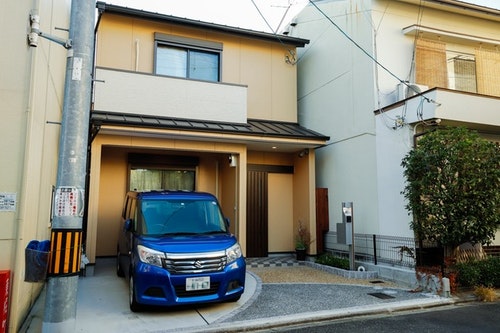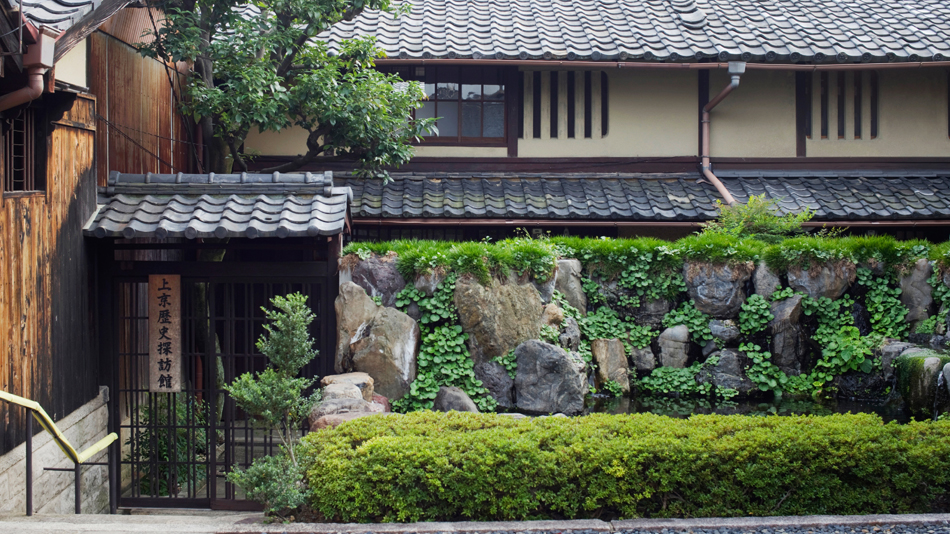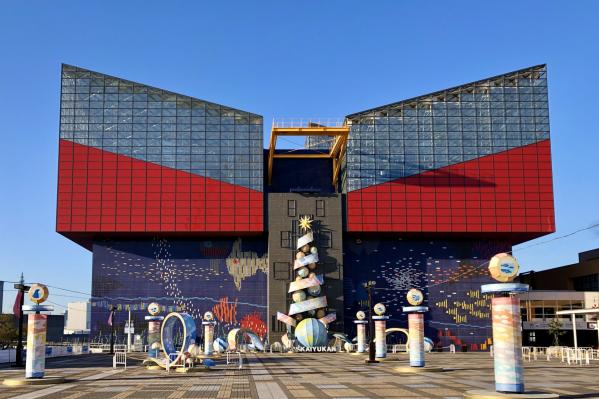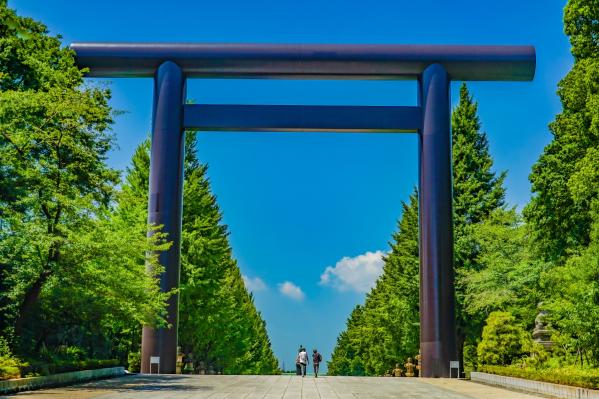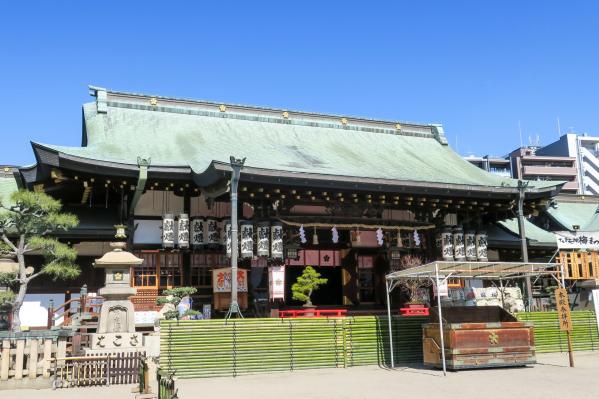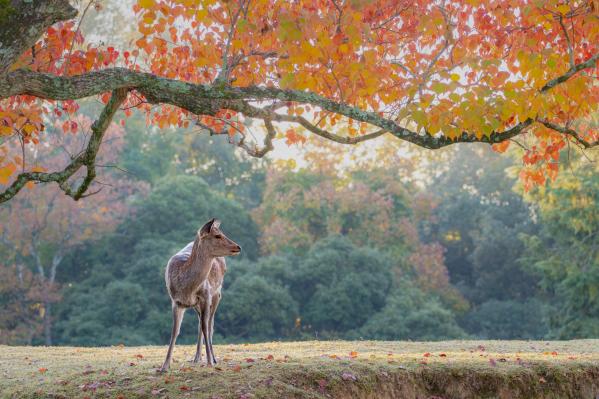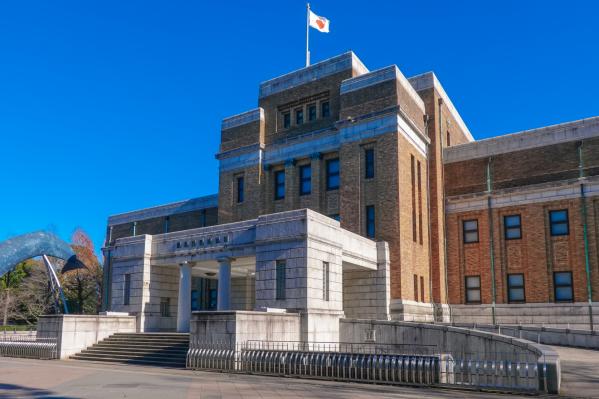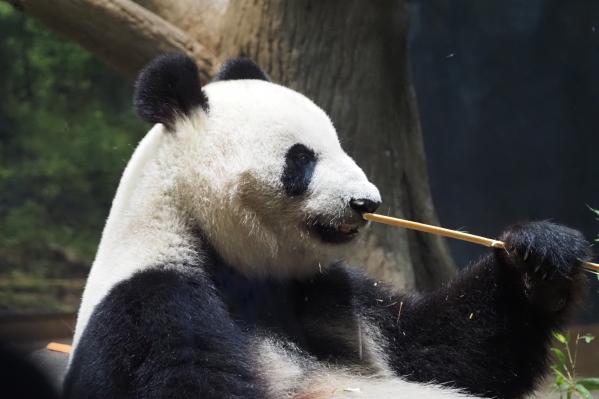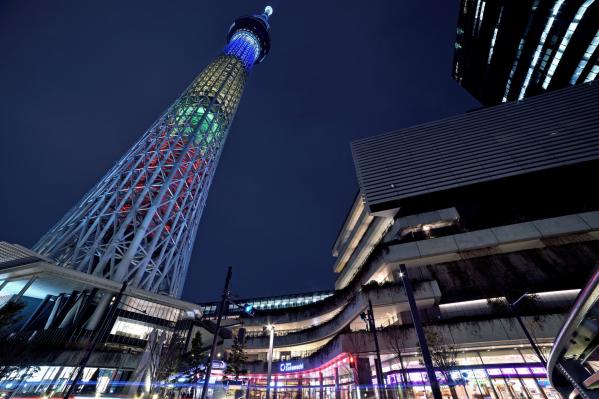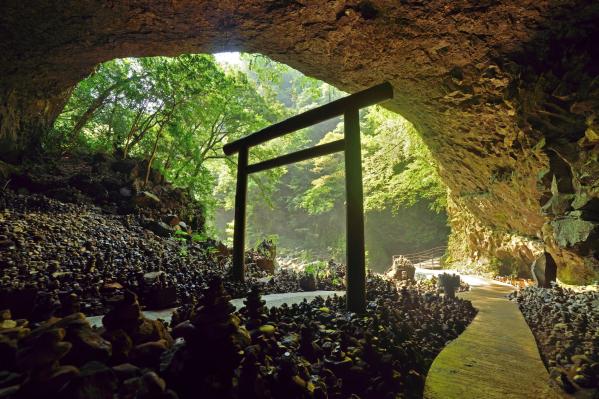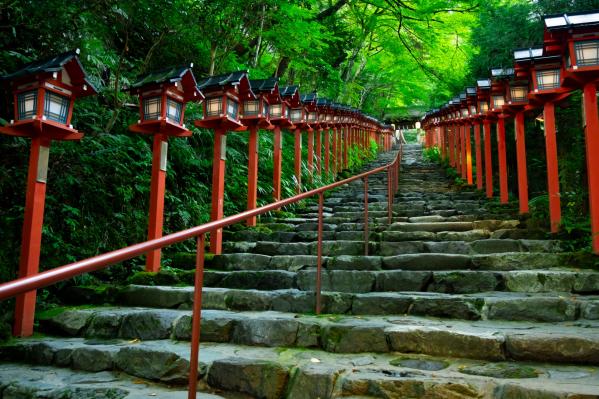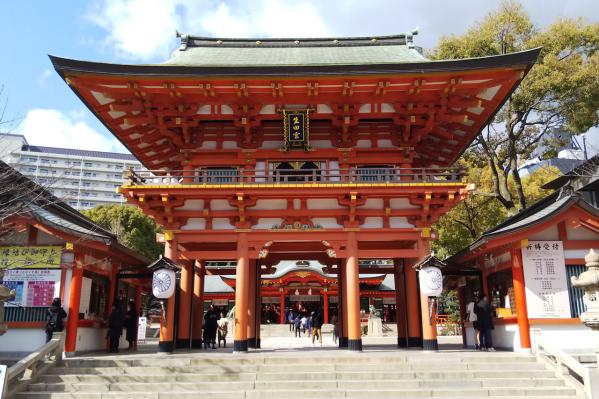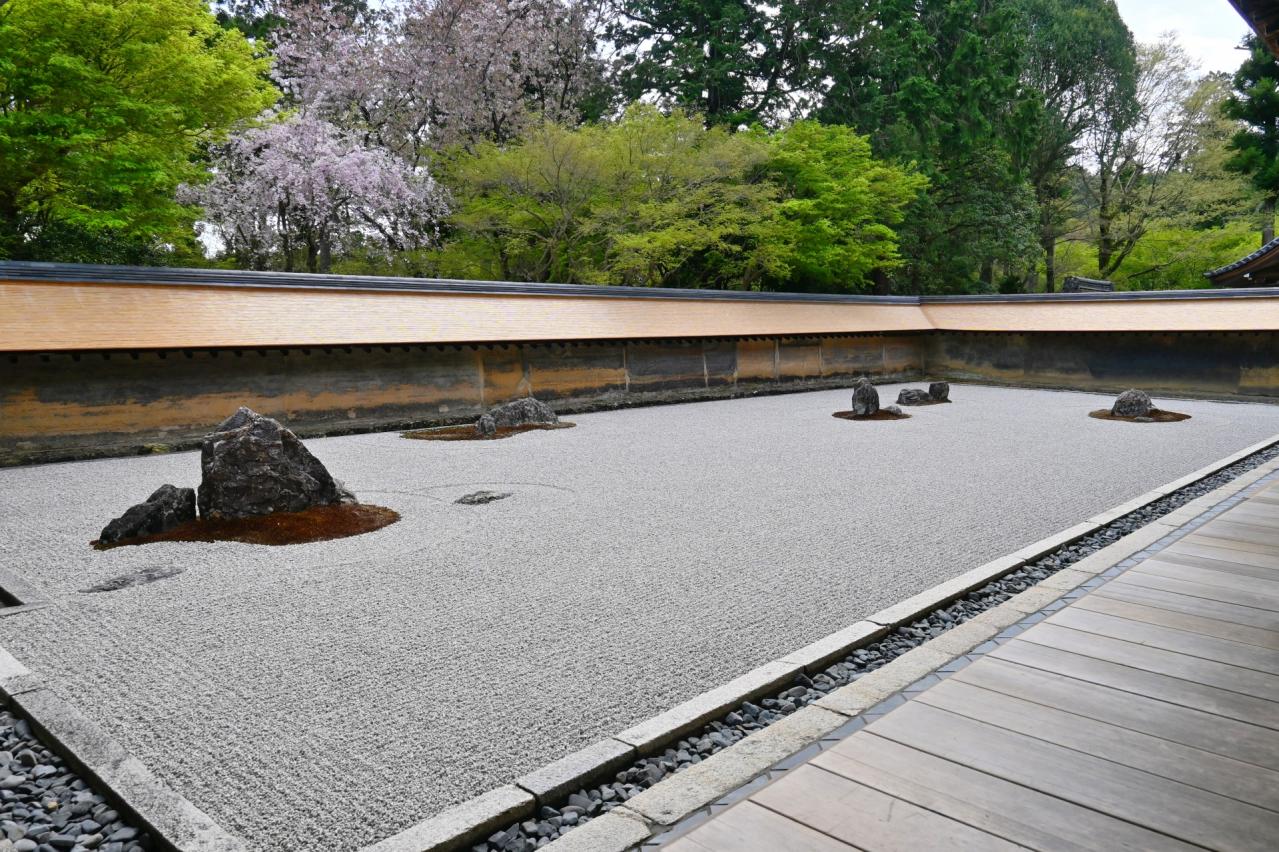
Ryoan-ji
Basic Information
- Spot Name
- Ryoan-ji
- Location
- 〒616-8001 13 Goryoshitamachi, Ryoanji, Ukyo-ku, Kyoto-shi, Kyoto Prefecture, Japan
- Access
- Take the Keifuku Electric Railroad to "Ryoanji" station and walk for about 8 minutes. Alternatively, take the city bus or JR bus to "Ryoanji-mae" and walk for about 1 minute.
- Parking
- Parking available: 80 regular cars.
- Business Hours
- Visiting hours:
March 1 to November 30: 8:00 a.m. - 5:00 p.m.
December 1 to the end of February: 8:30 a.m. - 4:30 p.m. - Regular Holiday
- Open every day.
- Fees
- Admission Fee:
Adults 600 yen, High school students 500 yen, Elementary and junior high school students 300 yen. - Contact Information
- Phone Number:075-463-2216
- Official Website
Map
Detailed Information
Ryoan-ji is a Zen temple of the Rinzai sect located in the Ukyo Ward of Kyoto City. It was founded in 1450 (the 2nd year of the Hōtoku era) by Hosokawa Katsumoto, a prominent figure of the Muromachi shogunate, who received the villa of the Tokudaiji family. The temple welcomed monks from Myōshin-ji, including the distinguished Yoten Genshō, and has since etched its history as one of Kyoto's representative Zen temples.
What has made this temple world-famous is the dry landscape stone garden that spreads out in front of the hojo (main hall). This garden features 15 stones of various sizes arranged with exquisite balance on white sand, covering an area approximately 30 meters east to west and 10 meters north to south. The unique feature of this design is that the number of stones appears to change depending on the angle from which it is viewed. While the garden does not have an official name, it is also referred to as the “Tiger's Cub Crossing Garden,” and the exact origins of its creation remain shrouded in mystery. In 1975, it gained international attention when Queen Elizabeth II of the United Kingdom praised the stone garden.
To the north of the hojo, there is a water basin called "Tsukubai" where visitors cleanse their hands before entering the tea room. It is said to have been donated by Mito Mitsukuri, and the central water hole is regarded as the "mouth," surrounded by the inscription "Wagatari Takuji (I only know sufficiency)." This depicts the Zen teaching of being satisfied with what one has without seeking more than necessary.
Additionally, in the eastern garden of the hojo, there is the "Wabisuke camellia," which is said to have been admired by Toyotomi Hideyoshi, along with a charming bamboo fence known as the Ryoan-ji fence. Further to the northeast corner, there's the teahouse "Zōroku-an." It has become a space where the spirit of tea ceremony and Zen coexist.
The "Kyōyōchi" pond, located on the southern side of the temple grounds, is known for its strolling garden style and was once a place where nobles enjoyed boating. Each season brings beautiful natural scenery that reflects on the water's surface—cherry blossoms in spring, water lilies in summer, autumn leaves, and snowy landscapes in winter—captivating visitors. The autumn foliage season, in particular, from late November to early December provides a breathtaking sight, as approximately 400 maple trees pepper the landscape around the pond.
Ryoan-ji is a place where one can feel the beauty of "wabi-sabi," rooted in Zen philosophy, making it a fitting location to escape from the hustle and bustle of everyday life and spend quiet time in introspection. In 1994, it was designated a UNESCO World Cultural Heritage site as part of "the Historic Monuments of Ancient Kyoto," attracting many visitors and tourists from both Japan and abroad.
Early in the morning right after opening or during the evening hours tends to be relatively quiet, making these especially recommended times for those wishing to enjoy the tranquility of the stone garden.
Ryoan-ji Movies
Kyoto Tourist Attractions
View ListKyoto National Museum
The Kyoto National Museum was opened in 1897 as the Imperial Kyoto Museum. Located in Kyoto, this museum houses approximately 14,600 artworks and cultural properties...
To-ji Temple
Toji Temple (official name: Kyo-o Gokokuj), is the only existing structure from the Heian-kyo period and is registered as a UNESCO World Heritage Site. Founded two y...
Kenninji Temple
Kennin-ji Temple, founded in 1202 by the Zen master Eisai, is the oldest Zen temple in Kyoto and serves as the head temple of the Kennin-ji branch of the Rinzai sect...
Kamikamo Shrine
Kamigamo Shrine (Kamo-wake-ikazuchi Shrine) is one of the oldest shrines in Kyoto, dedicated to the god of thunder, Kamo-wake-ikazuchi no Ōkami. The shrine grounds h...
Tofuku-ji Temple
Tōfuku-ji is the head temple of the Rinzai sect of Zen Buddhism, founded in 1236 by Kujō Tadayoshi, with its main hall completed in 1255. It is counted among the fiv...
Kyoto Aquarium
Kyoto Aquarium is a large inland aquarium located in Umekoji Park in the Shimogyo Ward of Kyoto City. It is conveniently accessible, being about a 15-minute walk fro...
Tenryu-ji Temple
Tenryu-ji Temple is a Zen temple located in the Arashiyama district of Kyoto, registered as a UNESCO World Heritage Site. Originally, this site was the location of D...








